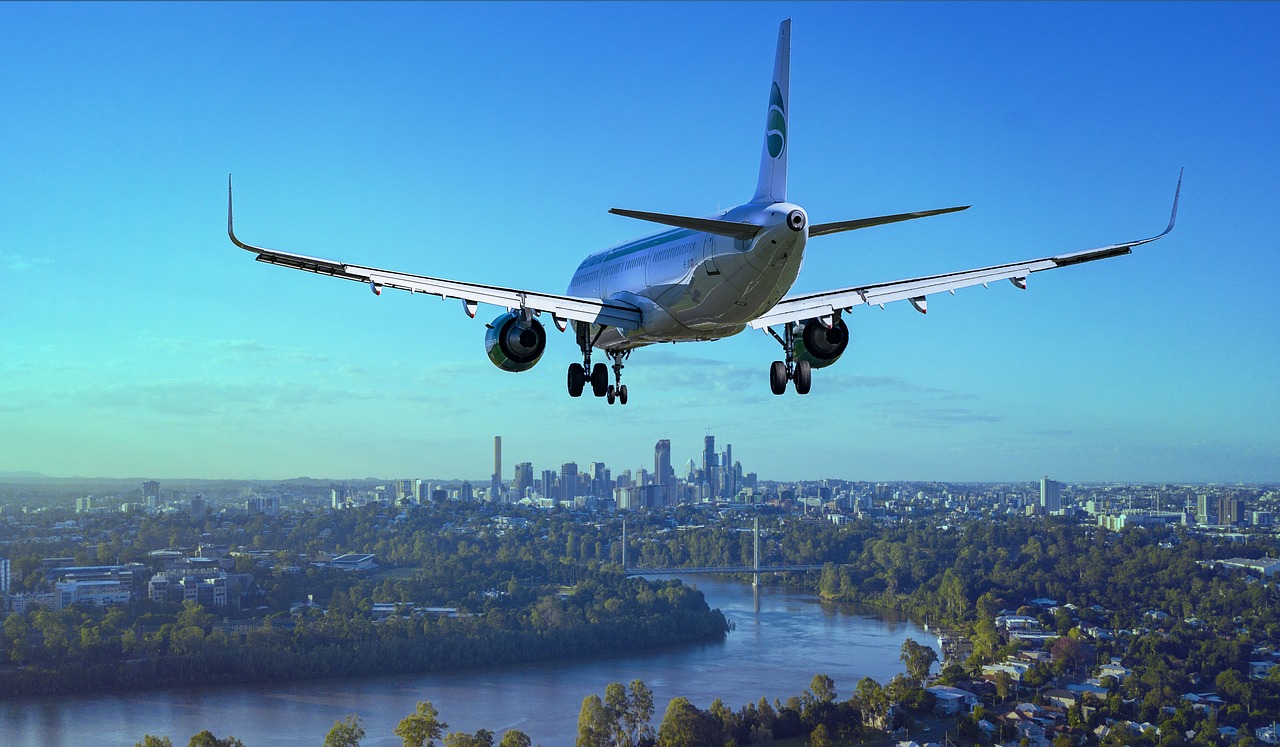On April 17, 2025, three Turkish Airlines aircraft took off simultaneously from three parallel runways. This system, known as Triple Independence Runway Operations, allows three aircraft to take off or land simultaneously and independently on three different runways. It also enables Istanbul airport to join a select club of airports with this advanced system. This is a first in Europe, and is already in use at other airports, including Atlanta and Hong Kong International.
Boosting the user experience
To begin with, this will enable the airport to increase its hourly capacity – i.e., the number of take-offs and landings it can handle in an hour. Currently 120 movements, this will rise to 148. The airport will thus be able to handle 28 more aircraft per hour.
This should reduce air traffic congestion and waiting times on the ground, resulting in more punctual flights. Fewer delays and smoother traffic management to enhance the travel experience by reducing stress and uncertainty for passengers.
Lower the sector’s carbon emissions
By reducing waiting time on the ground and in the air, increasing capacity also aims to reduce fuel consumption and greenhouse gas emissions. Less time spent waiting means less fuel burned.
More efficient runway management reduces aircraft time spent taxiing between runways and terminals. This translates into lower fuel consumption on the ground and, consequently, lower CO² emissions.
Studies have shown that smoother operations can reduce an airport’s carbon footprint.
Supporting the airport’s ambition
Istanbul airport was from the start designed to become one of the world’s leading air hubs. Its development plan calls for gradual expansion in several phases, with the addition of terminals, runways and support infrastructure.
Once all phases have been completed, the airport will have six runways and aims to handle up to 200 million passengers a year. Increasing its hourly capacity is in line with the airport’s development drive and its ambition to become one of the world’s leading air travel hubs.
Sources
- https://www.sciencedirect.com/science/article/abs/pii/S0969699723001540
- https://www.sciencedirect.com/science/article/abs/pii/S3050475924000605
- https://climate.ec.europa.eu/eu-action/transport/reducing-emissions-aviation_en
- https://www.lefigaro.fr/conjoncture/2018/10/26/20002-20181026ARTFIG00347-le-futur-aeroport-geant-d-istanbul-inaugure-mais-toujours-en-chantier.php

